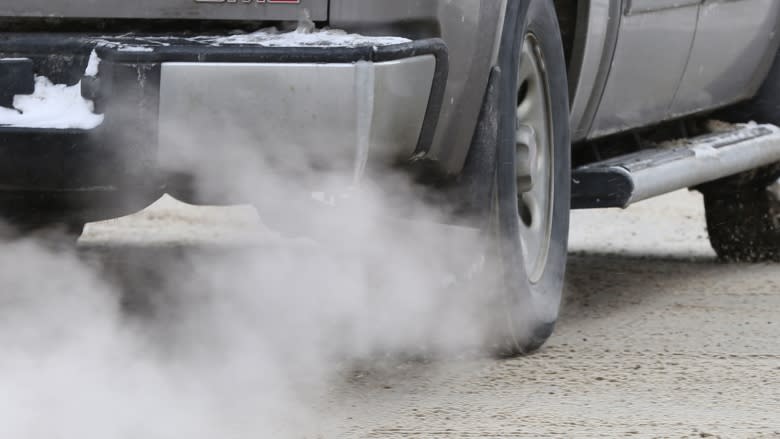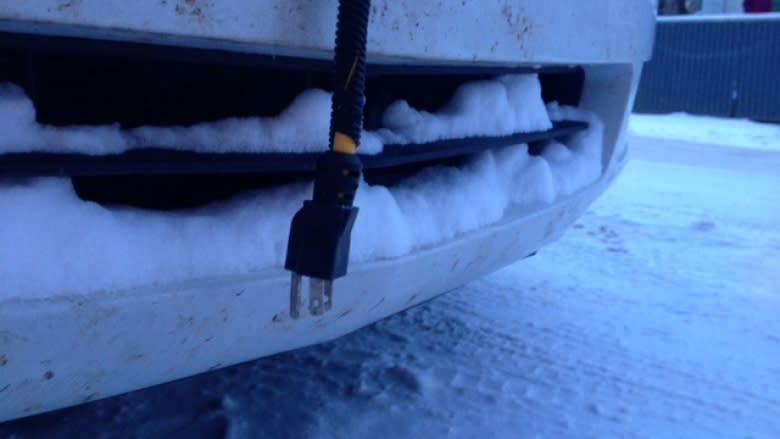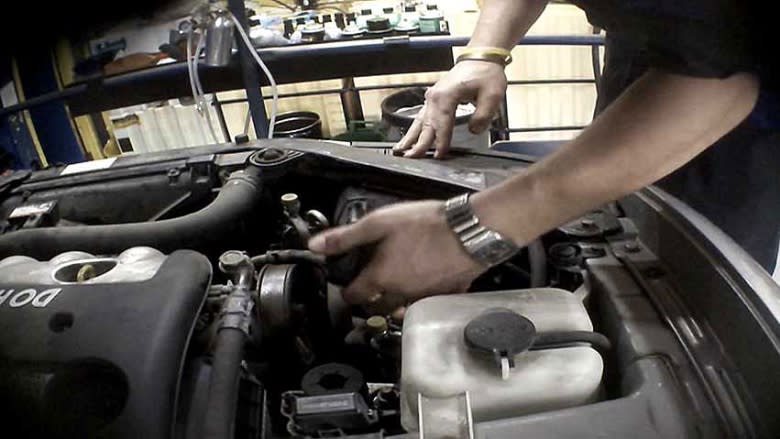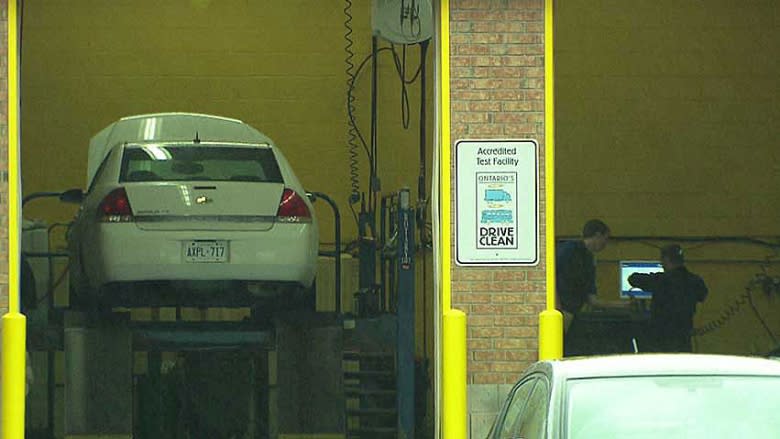To idle or not to idle? Automotive expert Doug Bethune has the answer
To warm up, or not to warm up? That's the question, and automotive professional Doug Bethune has some cold facts and warm advice.
Bethune taught automotive technology for nearly 30 years, has a Master's degree in education and also owns and operates an auto shop in the Halifax region, Tune Bethune Automotive Consulting.
He spoke with CBC's Alyson Samson. Here are his dos and don'ts for letting a vehicle idle to heat up in colder climates.
Q: Can you tell me how long we should be warming our engines in the morning?
A: Cars in the past had a choke on them and it was manual and they had carburetors — that's been over since the mid-80s, or early '80s, and cars that are are fuel-injected and computerized control-managed these days are not required to have warm up periods, nor is it recommended that they be warmed up. They're designed to be started, put in gear and just drive.
That makes the engine warm up faster and it's certainly less harmful to the engine to do that and today's oils are designed to complement that, so that the oil also heats up faster. It's designed to operate and flow well even when it's cold. Now, having said all that, it's very important to make sure that your windshield and your windows and your vision is clear … if you have to wait to get your windows clear then, yes, by all means.
Q: Is there any harm that can be done to the car by warming it up?
A: Actually, yes. If you start the car up and let it idle, the engine is not under load so a lot of fuel is actually going down into the cylinders and the engine is cold and there's a phenomenon known as quench. [It] actually puts the fire out inside the cylinders, so you get raw fuel going down onto the cylinders and into the oil. It contaminates the oil much faster and wears the oil out sooner, and it also affects the lubrication of the engine as it's warming up to let it sit there and idle, so it's not a good practice at all.
Q: What kind of effect would this have in Labrador where temperatures could get as low as minus 40?
A: In cases like that where you get to -40 C, if you have a gasoline engine — batteries today are designed so that they're maintenance-free batteries and very powerful for the size of them. So these vehicles, they're also designed to start at -40 [and] so is the oil.
There is oil today that you can buy with a viscosity, which is basically the thickness of the oil, so to speak — you can buy 0W30, which means that at cold temperatures the viscosity of the oil is actually zero, so it flows very well. Now for gasoline engines, not a problem, even at minus 40, but for diesel engines, a little more difficult to start. So for diesel engines, it's recommended, and a good procedure at those temperatures to plug the block heater in to keep the engine at a fairly moderate temperature.
Q: Is there any other special care you would recommend in such cold conditions?
A: In very cold conditions … the type of service we say, depends on when you change the oil. So, if you're taking short trips in the winter, you shouldn't be changing your oil based on kilometreage or mileage, you should be changing it based on time. What we call severe use is short-trip driving. Especially in the winter, If you start the vehicle up cold and you only drive a short distance, then the oil doesn't get hot enough to boil out the vapours in the oil and so therefore those vapours go into the oil and they mix with the byproducts of combustion to form acids and those acids will corrode the bearings.
The most beneficial type of service is to start the vehicle up and go for a drive of probably 50 km or more. The longer you drive, the more chance the oil has to boil out the impurities. People say, 'Well, where does all the water come from?' Well, for every litre of fuel you burn, you produce a litre of water. A lot of it goes out the tailpipe as steam but if you're taking very short trips, some of that water gets into the oil and the longer you drive the vehicle the more chance you have for the oil getting hot enough to boil those vapours out and then the crank case ventilating system takes those vapours out and re-burns them and puts them back into the exhaust so that they don't contaminate the oil.
Q: What kind of effect would we see this having on a vehicle, how might we notice that we're having this problem?
A: You won't have any symptoms until it's too late. The manufacturers of industrial engines, for example, they have a service program called SOS and what they do [is] go to these heavy equipment engines that are being used in very cold climates and in very hot climates. They take a sample of the oil out and they'll send it back to the lab and they'll do a chemical analysis on the oil to find out if the oil is still doing as it was designed, protecting the engine from corrosion and rust and overheating. There are at least 14 to 15 additives in oil, so the oil itself doesn't wear out but what gets depleted are the additives, and those additives protect your engine.





